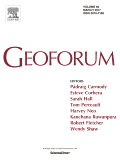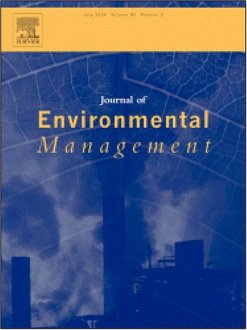
A new paper from our team at the University of Hull has just been published on the journal Geoforum. The paper entitled “Resource recovery and remediation of highly alkaline residues: a political industrial ecology approach to building a circular economy” is now online, on open access.
We focused on the valorisation of highly alkaline industrial residues, such as steel slag, bauxite processing residue (red mud) and ash from coal combustion, which have been identified as stocks of potentially valuable metals. Currently, there is demand for metals, such as vanadium and certain rare earth elements, in electronics associated with renewable energy generation and storage.
Current raw material and circular economy policy initiatives in the EU and industrial ecology research all promote valorisation, primarily from an environmental science perspective. This paper begins to address the research gap into the governance of resource recovery from a novel situation, where reuse involves extraction of a component from a bulk residue that itself represents an environmental risk.
Past and current arrangements produced a complex blend of ownership and liabilities
Taking a political industrial ecology approach, we present emerging techniques for recovery and consider their regulatory implications in the light of potential environmental impacts. The paper draws on EU and UK regulatory framework for these residues along with semi-structured interviews with industry and regulatory bodies. A complex picture emerges of entwined ownerships and responsibilities for residues, with past practice and policy having a lasting impact on current possibilities for resource recovery.
 Our team has another publication entitled: “
Our team has another publication entitled: “


 The paper “
The paper “
 A new review paper on alkaline wastes
A new review paper on alkaline wastes 